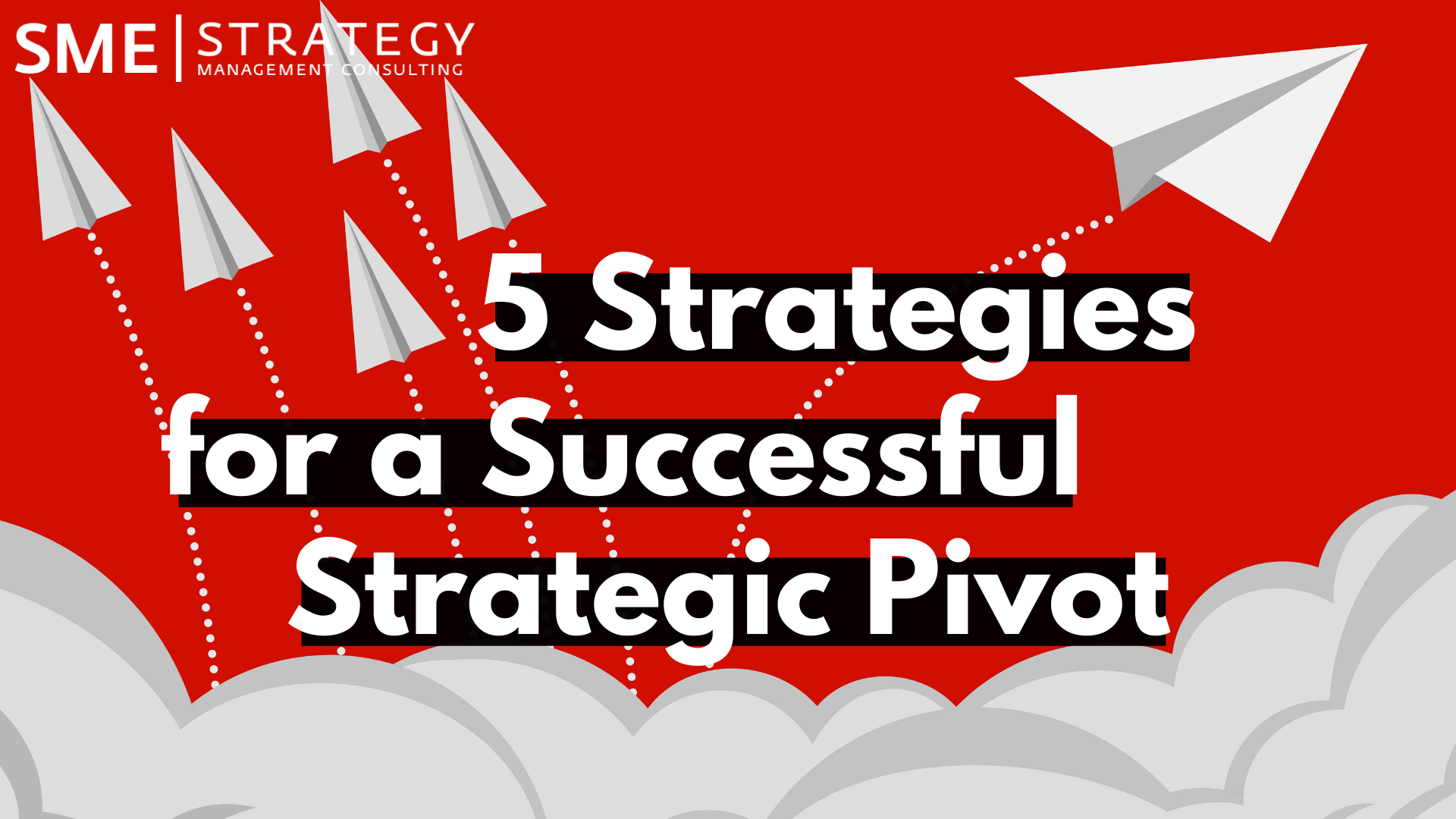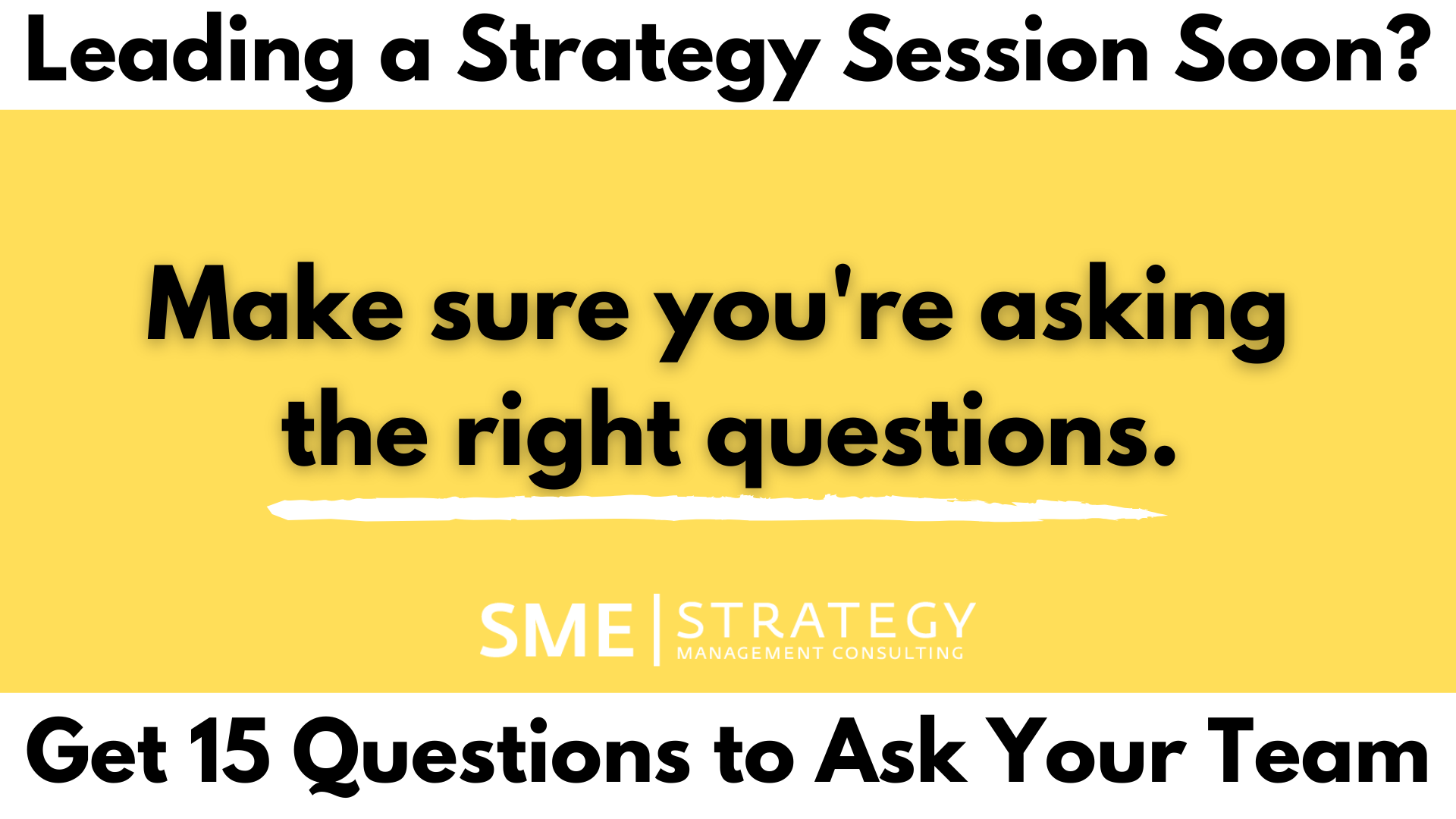
When dealing with chaos caused by the COVID-19 pandemic, leaders must act decisively and quickly. A strategic pivot may be necessary to keep a firm grip on new and future problems.
As a behavioral psychologist, I advise companies in making strategic pivots. I’ve noticed an uptick in both the rate and complexity of their problems, which include employee difficulties working from home, supply chain disruptions, and cancelled orders.
As I consult with startups to adapt and plan for the new abnormal, here are five strategies I’ve implemented:
1. Reassess Business Model Assumptions
I advise clients to start by sharing the issues they’re facing so we can reassess assumptions about the company’s business model.
For instance, a manufacturing startup faced the new problem of selling its high-tech products. They didn’t have trouble selling before the pandemic because they were known for high quality.
However, as the pandemic took hold, the startup’s salespeople noticed that customers had to clear several hurdles before approving a purchase: Accounting departments demanded lower-cost options unless purchasing managers could prove that the startup’s products brought sufficient ROI.
That’s where the problem was centered. Though the startup heavily focused on innovation, it didn’t offer a direct ROI measurement tool. Due to this, some customers chose cheaper alternatives. That surprised company executives, who were eager to reassess their assumptions and implement tools
to counteract customers’ new policies.
Reassessing business model assumptions is crucial, because it’s too easy to fall for dangerous judgment errors known as cognitive biases. These mental blindspots impact all areas of our life, from health to politics and even shopping. We need to be wary of cognitive biases in order to make wise decisions about our businesses and avoid strategic planning failures.
Starting the strategic planning process? Make sure you're asking the right questions:
2. Gather Critical Internal Information
After examining business model assumptions, ask department heads to gather internal information critical to revising business strategy. This includes feedback from direct reports on ways their department’s goals, structure and customer relationships could be revised. Ask them to challenge assumptions based on each of the following scenarios:
-
Scenario one: A vaccine with over 90% effectiveness would be found by Spring of 2021, and the pandemic will mostly be over by Spring of 2022
-
Scenario two: A vaccine would be found by Spring of 2022, and the pandemic would mostly be over by Spring of 2023
-
Scenario three: A vaccine more effective than 50% would not be found, just like we haven’t found a vaccine more effective than that for the flu
3. Go On a (Virtual) Retreat
Conduct a two-day strategic planning retreat, in-person or virtual. Spend Day One on broad strategy, and Day Two on adapting operational strategy.
Since the high-tech manufacturing startup was focused on innovation pre-pandemic, its team had a hard time accepting the new reality of marketplace demands.
The team kept dodging the idea of changing from innovation to ROI measurement, because innovation was such a cornerstone of its identity. The CEO and I vigilantly steered them back to the correct course and managed to facilitate a productive discussion.
In another company--a late-stage SaaS startup with over 500 employees—we addressed the fact that employees were experiencing “Zoom fatigue” and work-from-home burnout. Fortunately, I could provide considerable support in this area given my expertise in emotional and social intelligence.
The key is to remember that such problems originate from much more than just burnout. We addressed the following:
-
Mental health challenges brought about by the pandemic
-
Pragmatic challenges related to COVID, such as juggling work with caring for family members
-
Social isolation
-
Changes in routine
-
Loss of outside hobbies, entertainment, and forms of exercise
-
Inadequate work-from-home office setups
-
Poor virtual communication and collaboration skills
-
Missing the sense of fulfillment, meaning, and purpose that work previously provided
> Watch below to learn how to re-gain a competitive advantage when returning to the office post-COVID
It’s disconcerting that most of us don’t realize that what we’re feeling isn’t just work-from-home burnout. In fact, we don’t seem to recognize what it is we’re missing.
Dealing with this issue doesn’t just mean providing funding for home office setups or allowing flexible working hours. Companies must also facilitate professional development in effective virtual communication and collaboration, as well as emotional and social intelligence.
Use our free Goal Setting Guide for one of the most important parts of the strategic planning process:
4. Operationalize the New Strategy
On Day Two of your retreat, focus on operationalizing the strategic changes to the business model. Address potential threats and opportunities for different future scenarios. Revise the new strategy from Day One, if needed. Remember that future scenarios should include the three futures outlined above, as well as different possible economic recovery scenarios.
Here’s how one startup seized a pandemic opportunity: An enterprise data analytics startup identified a way to secure promising client accounts held by several competitors.
The startup’s leadership team noted that most competitors brushed off concerns about COVID. So, it decided to woo these competitors’ clients by changing strategy to show the steps it took to become pandemic proof—in stark contrast to competitors. The startup successfully converted a surprising number of new customers.
5. Implement and Check Regularly
At the close of the retreat, identify next steps for each new initiative, resources required, and establish metrics for success. Assign one leader to roll out the initiative and provide regular progress reports. Lastly, prepare a detailed report for the Board of Directors.
Hold regular status updates, ideally during weekly leadership team meetings. Evaluate the strategy’s progress during a half-day meeting a month after the retreat, and adjust as required. Schedule another follow-up meeting after three months.
Watch: How to Create Change Using the Kotter Change Model
Summary of Key Takeaways:
-
Start by challenging assumptions
-
Have top leaders gather internal information from direct reports
-
Conduct a two-day virtual retreat to focus on strategy and operationalization
-
Commit to next steps, identifying resources needed, metrics of success, leadership point person, and report to the Board
-
Provide status updates weekly, and a half-day progress check and course correction after one and three months.
Though success can never be guaranteed, I can say with confidence that these steps will help steer your company toward thriving--not just surviving--these troubled times.
Want to create your own strategic plan from scratch?





